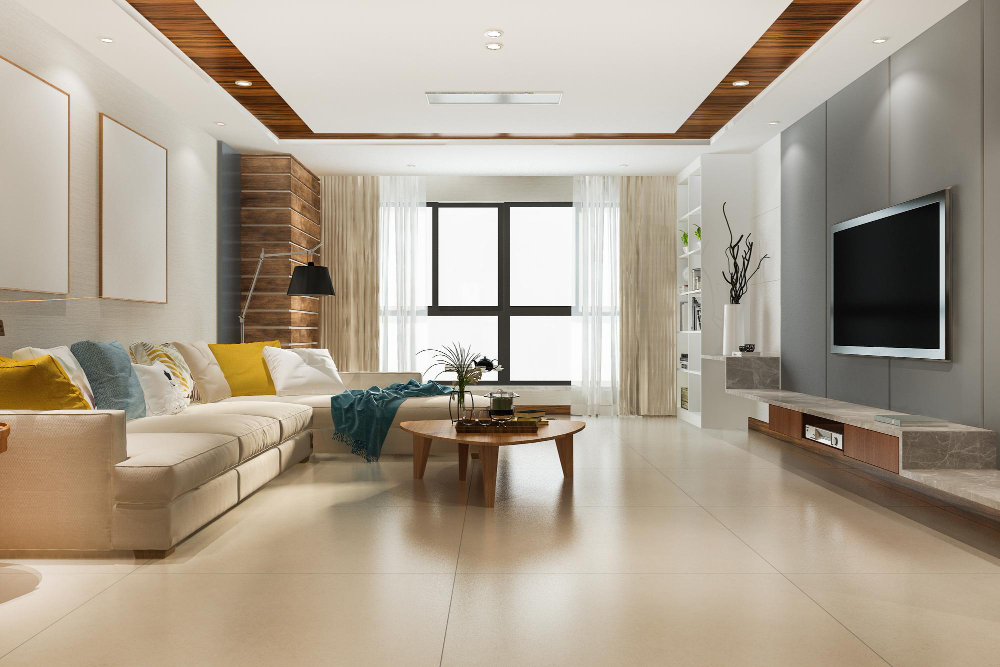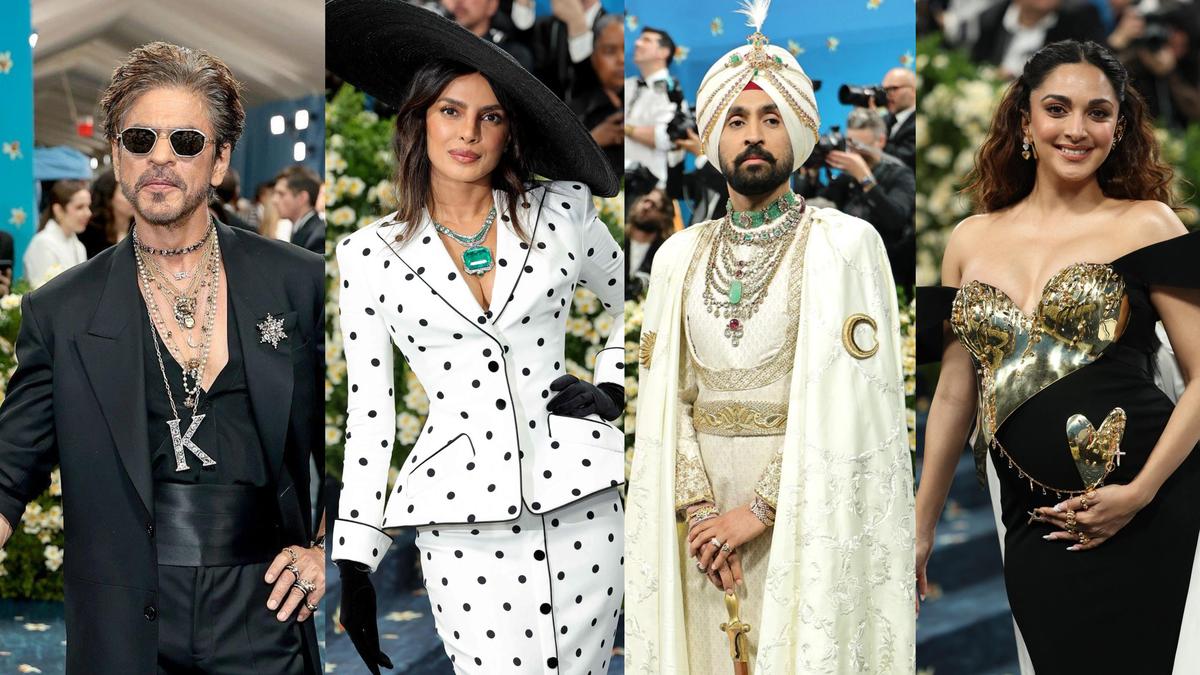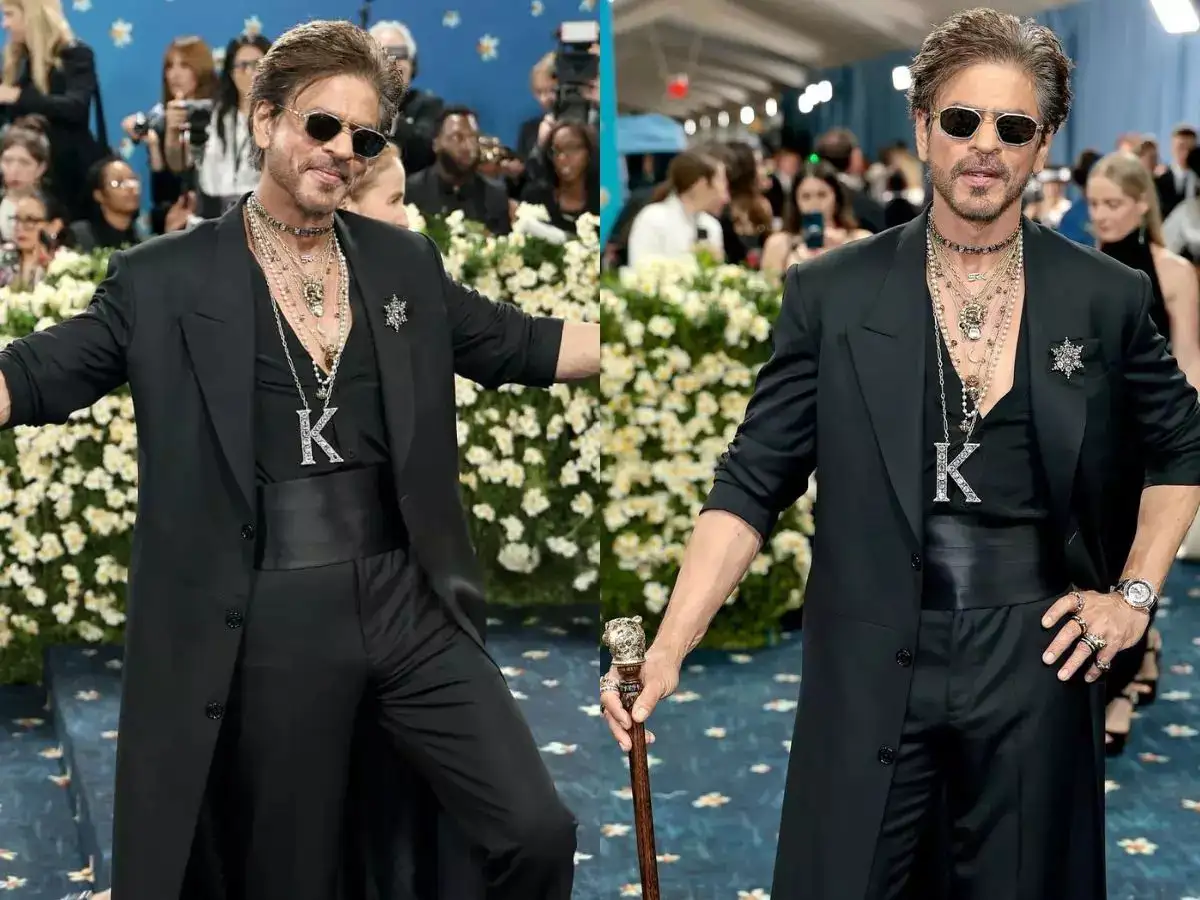In 2025, the way we live is evolving at a rapid pace. Modern living isn’t just about sleek furniture or futuristic gadgets; it’s about embracing technology, sustainability, and smart design that enhance your daily life. Whether you’re looking to update your home or explore new living trends, modern living is all about blending innovation with comfort.
In this blog, we’ll take a closer look at what modern living means today and how you can embrace it to improve your lifestyle.
What is Modern Living?
Modern living is about integrating cutting-edge technology, eco-friendly designs, and personal wellness into everyday life. It’s no longer just about keeping up with trends; it’s about creating a home environment that serves your needs in a sustainable, stylish, and efficient way.
Key aspects of modern living:
-
Technology Integration: From smart homes to high-tech appliances, technology is at the core of modern living.
-
Sustainability: More people are opting for energy-efficient, eco-friendly homes that minimize their carbon footprint.
-
Wellness Design: Modern homes prioritize wellness through air purification, natural lighting, and spaces dedicated to physical and mental well-being.
Modern living is constantly evolving, and in 2025, it’s all about making smarter, more sustainable, and healthier choices at home.
Top Trends in Modern Living for 2025
As we enter 2025, these trends are expected to define modern living in the USA. Whether you live in a city apartment or a suburban house, embracing these trends will transform your space into a more efficient, sustainable, and comfortable place.
1. Smart Home Technology
Smart homes are no longer a novelty—they’re becoming a necessity. In 2025, expect even more advanced home automation systems that can manage everything from lighting and temperature to security and entertainment.
- Voice-Controlled Assistants: Devices like Amazon Alexa and Google Assistant will continue to lead the way, helping manage your home with just your voice.
- Smart Thermostats: Smart devices like the Nest Thermostat allow you to control your home’s temperature from anywhere, saving energy and money.
- Home Security: With smart cameras, doorbells, and security systems, you can monitor your home in real-time from your smartphone.
2. Sustainable Living
As concerns over climate change continue to grow, sustainability is a key focus for modern living. In 2025, many homes will be built with sustainability in mind, offering eco-friendly features that reduce energy consumption and environmental impact.
- Solar Energy: Solar panels are becoming more affordable and efficient, allowing homeowners to reduce their reliance on non-renewable energy.
- Energy-Efficient Appliances: Expect more energy-efficient washing machines, refrigerators, and water heaters that help reduce both utility bills and environmental impact.
- Eco-Friendly Materials: Many new homes and renovations will use sustainable materials like bamboo flooring, recycled steel, and low-VOC paints.
3. Multifunctional Spaces
With the rise of remote work and hybrid lifestyles, homes are now designed to serve multiple purposes. Multifunctional spaces are a must in modern living, allowing you to maximize your home’s potential.
- Home Offices: More people are working from home, so having a dedicated office space that’s quiet, comfortable, and functional is key.
- Convertible Rooms: Think about rooms that can serve as a guest bedroom, workout space, or creative studio with just a few adjustments.
- Open-Concept Design: This design allows you to create fluid spaces that can be customized based on your needs.
4. Wellness-Focused Design
Modern living in 2025 is all about prioritizing physical and mental well-being. From the design of your home to the materials you use, every detail can contribute to your overall health.
- Biophilic Design: Incorporating natural elements like plants, water features, and natural light to improve air quality and mood.
- Air and Water Purification Systems: Clean air and water are essential for health, which is why many modern homes will come equipped with advanced filtration systems.
- Fitness Spaces: Whether it’s a dedicated home gym or a yoga nook, creating spaces for fitness and relaxation is a growing trend in modern living.
How to Incorporate Modern Living Trends into Your Home
Transitioning to modern living doesn’t have to be overwhelming. Here are some simple steps you can take to update your space and make it more aligned with the trends of 2025.
1. Upgrade Your Home with Smart Devices
- Start small by adding a voice-controlled assistant to your home for seamless control over your lights, music, and more.
- Upgrade your thermostat to a smart model to save energy and keep your home comfortable year-round.
- Install smart security devices like cameras and doorbells to keep your home secure.
2. Go Green with Sustainable Upgrades
- Consider installing solar panels to reduce your energy bills and decrease your carbon footprint.
- Replace old appliances with energy-efficient models that have the Energy Star label.
- Use eco-friendly materials in your home’s design, such as bamboo flooring or recycled glass countertops.
3. Create a Wellness-Friendly Home
- Add more plants to your home to enhance air quality and boost your mood.
- Set up a dedicated fitness space, whether it’s a gym, yoga room, or just a quiet corner for meditation.
- Ensure your home has plenty of natural light, which can improve your mood and health.
4. Optimize Your Space with Multifunctional Furniture
- Invest in convertible furniture, such as a foldable desk or a sofa bed, to make the most of your available space.
- Organize your home with smart storage solutions that keep your space neat and clutter-free.
- Create flexible living spaces that can easily adapt to your lifestyle.
The Future of Modern Living: What’s Next?
As we move further into 2025 and beyond, the future of modern living will be shaped by technological innovations, sustainability, and an increased focus on well-being. Here’s what to expect in the coming years:
-
Smarter Homes: Artificial Intelligence (AI) will become an integral part of our homes, making everything from lighting to security smarter and more intuitive.
-
Zero-Energy Homes: Homes of the future will be designed to produce as much energy as they consume, thanks to solar panels, efficient insulation, and smart energy management systems.
-
Health-Centric Architecture: More homes will be designed with health and wellness at the forefront, offering personalized environments that optimize sleep, stress levels, and overall physical health.
Conclusion
Modern living is no longer a trend; it’s a lifestyle that embraces technology, sustainability, and wellness to create homes that work better for us. Whether you’re upgrading your home with smart devices, choosing eco-friendly materials, or designing spaces that support your well-being, modern living offers endless possibilities for improvement.
Start small, and gradually incorporate these trends into your home. In no time, you’ll be living a more sustainable, efficient, and comfortable lifestyle, tailored to meet the demands of the modern world.
FAQs
1. What is the best way to start creating a modern living space?
-
Begin by integrating smart technology, updating appliances to energy-efficient models, and incorporating natural elements into your design.
2. How can I make my home more eco-friendly?
-
Install solar panels, use sustainable materials, and replace old appliances with energy-efficient options.
3. What are the most important trends in modern living for 2025?
-
The top trends include smart home technology, sustainability, multifunctional spaces, and wellness-focused designs.







Leave a Reply